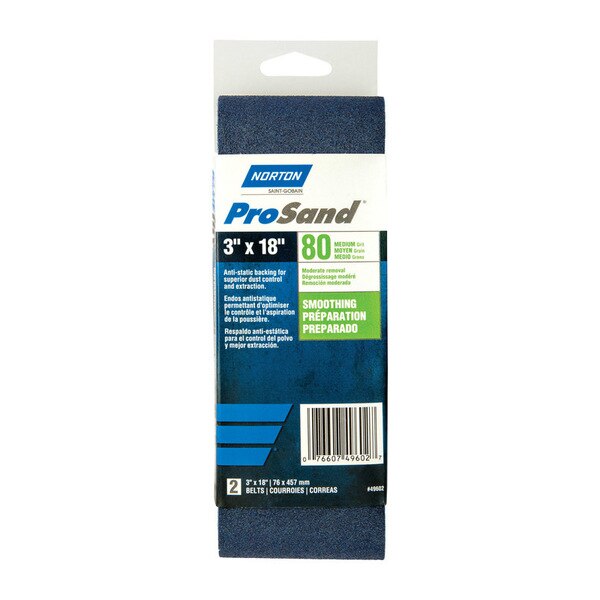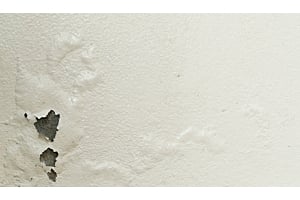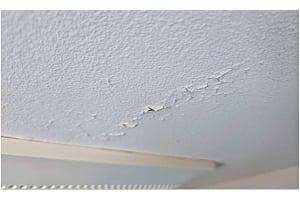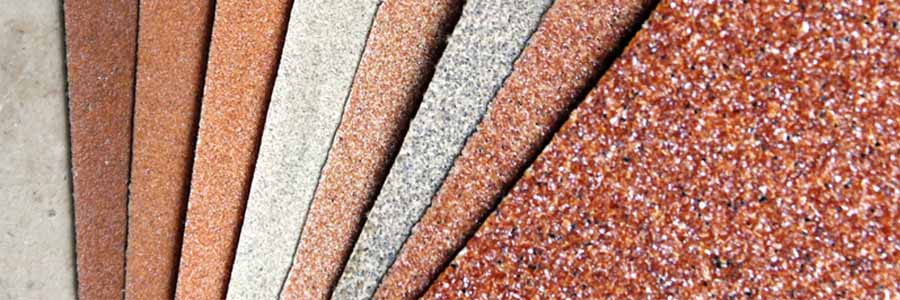
Sandpaper Grit / Purpose
Extra Coarse / Finishing
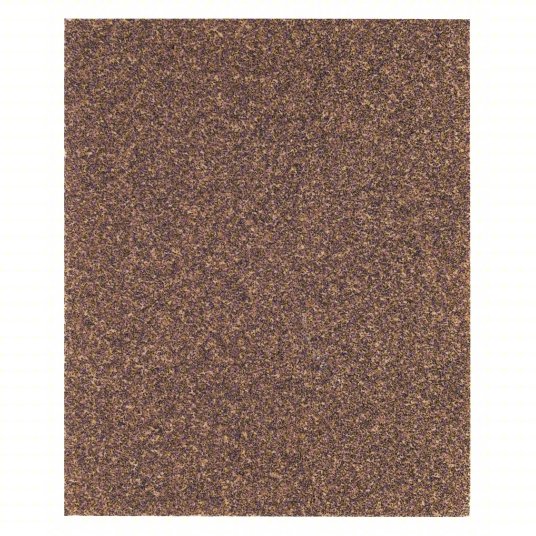
Extreme caution should be used when using extra coarse sandpaper. Most commonly used on exterior surfaces for heavy paint removal.
Coarse / Stripping
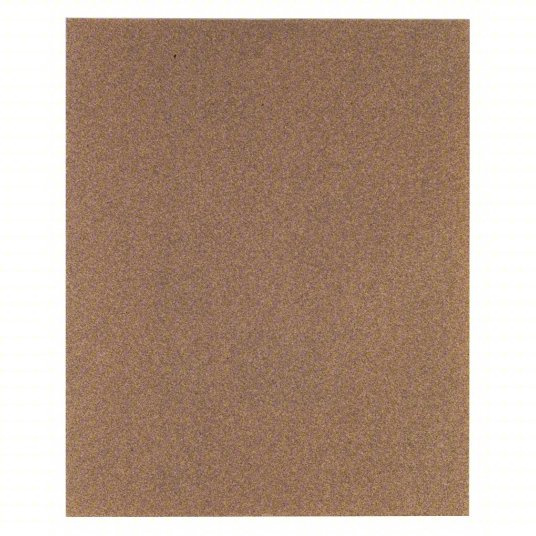
Similar to the Extra Coarse sandpaper but can be more forgiving. It can be used to remove previous finishes and for rough shaping of wood.
Medium / Smoothing
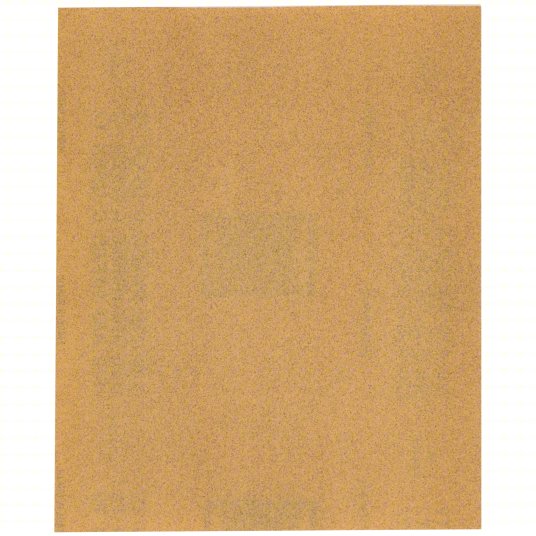
Used for sanding of rough wood and the removal of planning marks on wood. It can prepare a bare surface for a finish, and smooth/remove scratches
Fine / Finishing
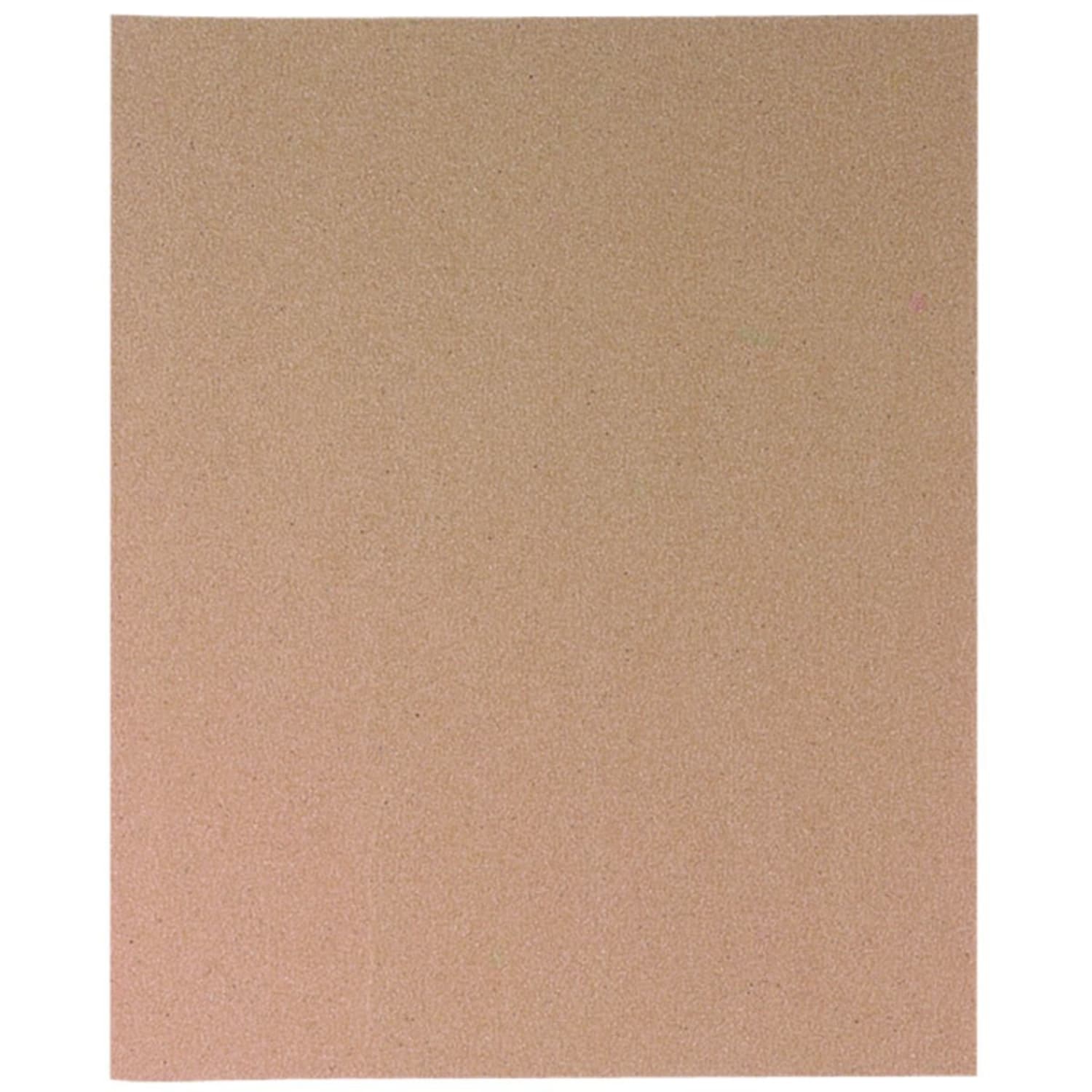
Used for finishing work. It can remove raised fibers or create scuffing between coats to finalize a smooth finish.
Grit Sizes
Extra Coarse : 16 - 40 Grit
Coarse : 50 - 80 Grit
Medium : 100 - 150 Grit
Fine : 180 - 240 Grit
Very Fine : 320 - 2,000 Grit
Very Fine - Polishing
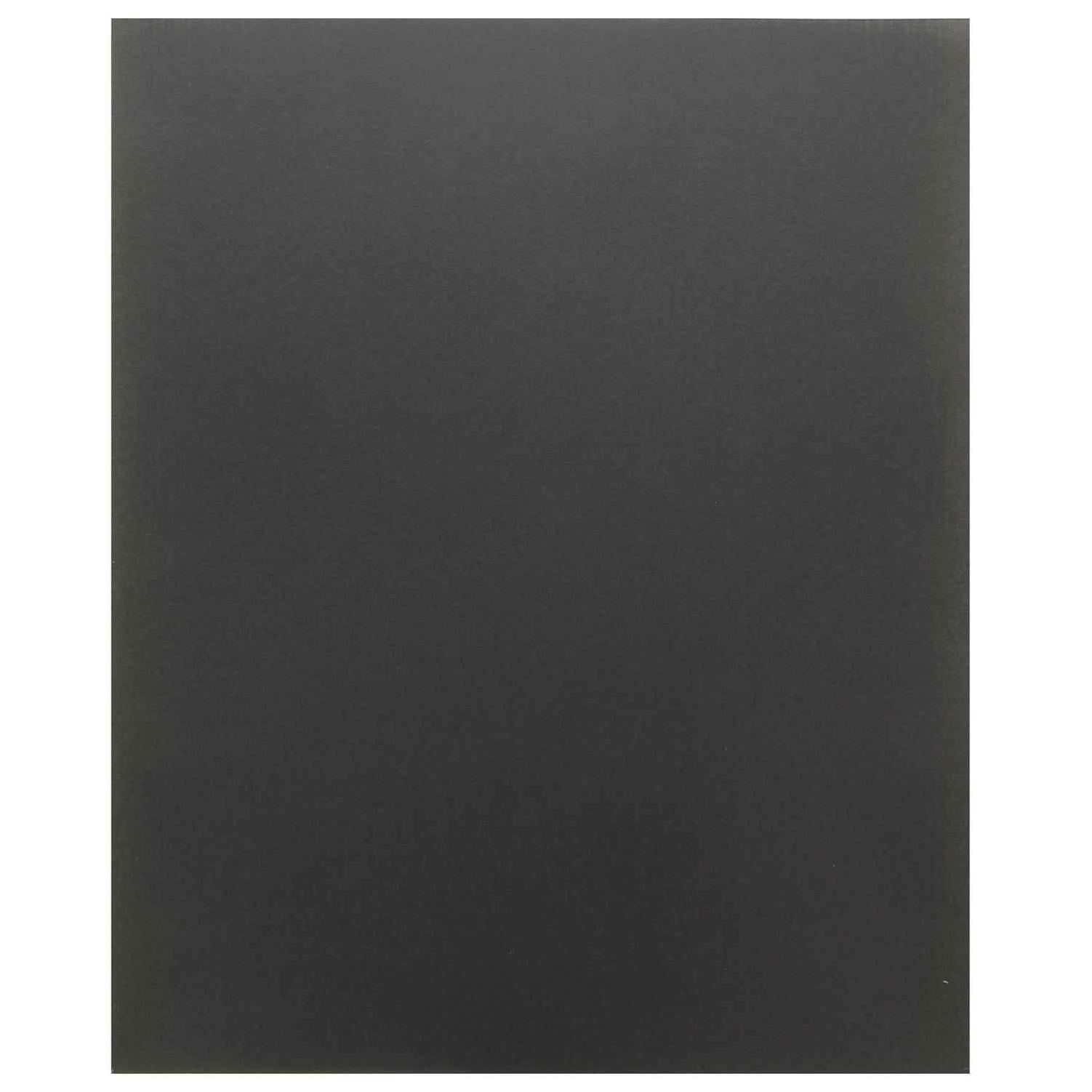
Used between coats of paint or varnish. Superfine sheets with grits 600 and higher are best-suited for polishing jobs
![]() TIP
TIP
Always sand in the direction of the grain--never perpendicular to it or at an angle.
Scratches made by sanding against the grain will look unattractive on the finished piece and will be particularly noticeable after staining.
Wood dust from sanding will cause problems if it's not removed from the surface before staining. Dry rags or brushes aren't the most effective tools for removing dust. Instead, use a tack cloth, a sticky piece of cheesecloth made especially for this purpose.
Always wear a respirator and safety goggles/glasses when sanding.
Sandpaper FAQs
The lower the number, the larger the abrasive particles; they remove more material but create more-noticeable scratches. A higher number indicates smaller particles, which don't remove as much material but leave a finer, more polished appearance.
Alminum Oxide : Open coat aluminum oxide is excellent for planing, stripping, roughing, and finishing on all wood types. Closed coat aluminum oxide is great for snagging, weld removal, and grinding of metals.
Ceramic : Ceramic abrasives are ideal for aggressive cutting of metals and hard woods. The material works best when high speed and high pressure is applied. It is so aggressive, caution must be used to prevent scorching of the working material if you're working with wood.
Silicon Carbide : Silicon carbide is frequently used in wet sanding applications, such as polishing stone and marble, as well as automotive polishing applications. In coarser grits, this abrasive is good for removing rust, deburring metal and glass, refinishing wood flooring (cutting through/removing old finish).
Sanding Sheet
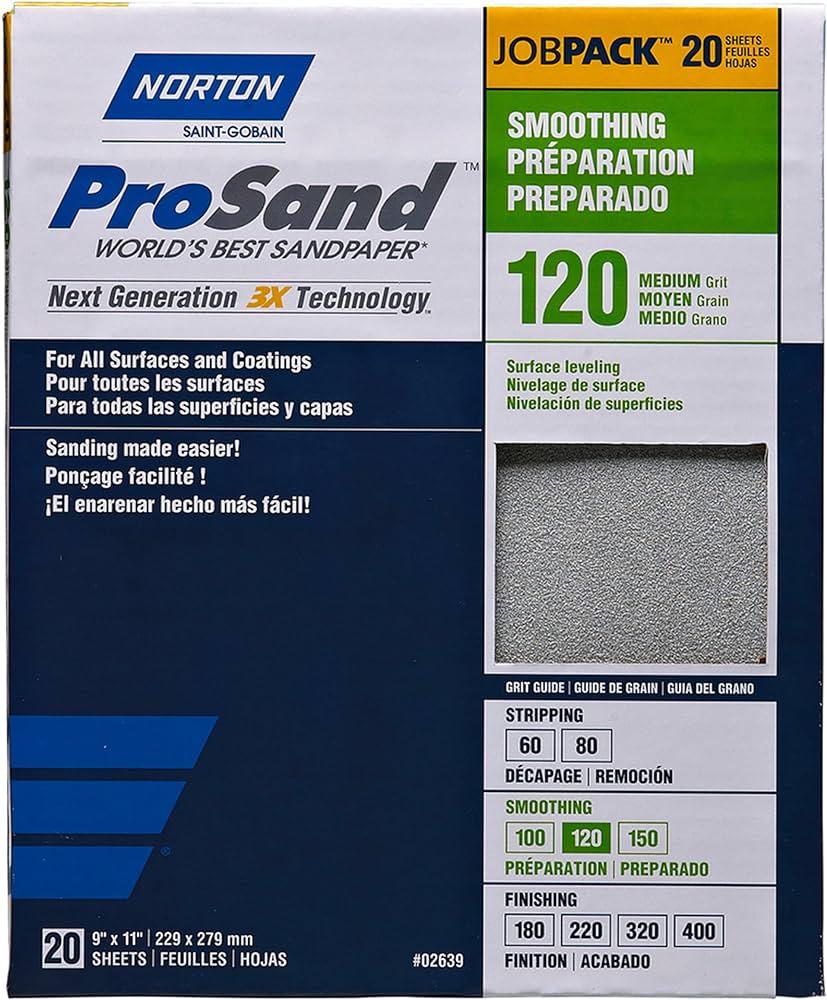
Sanding Disc
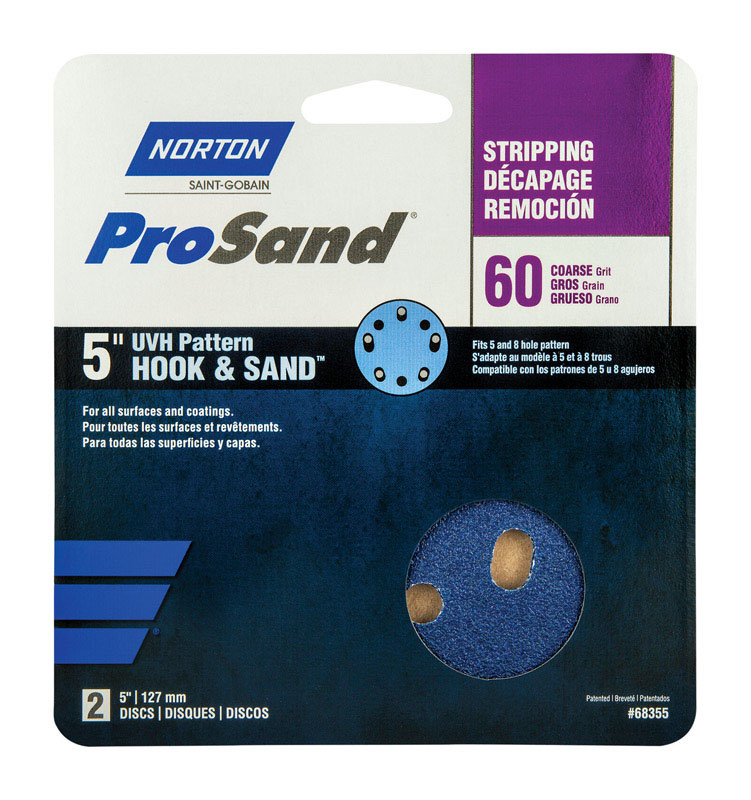
Sanding Sponge
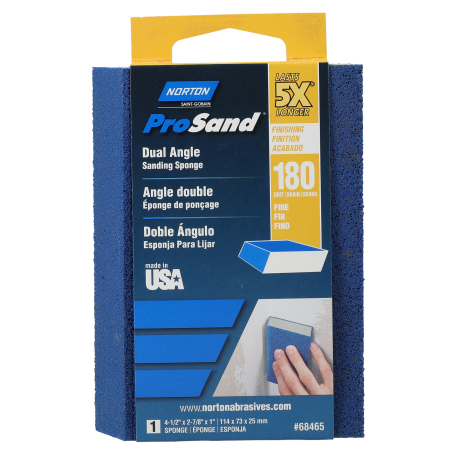
Sanding Pad
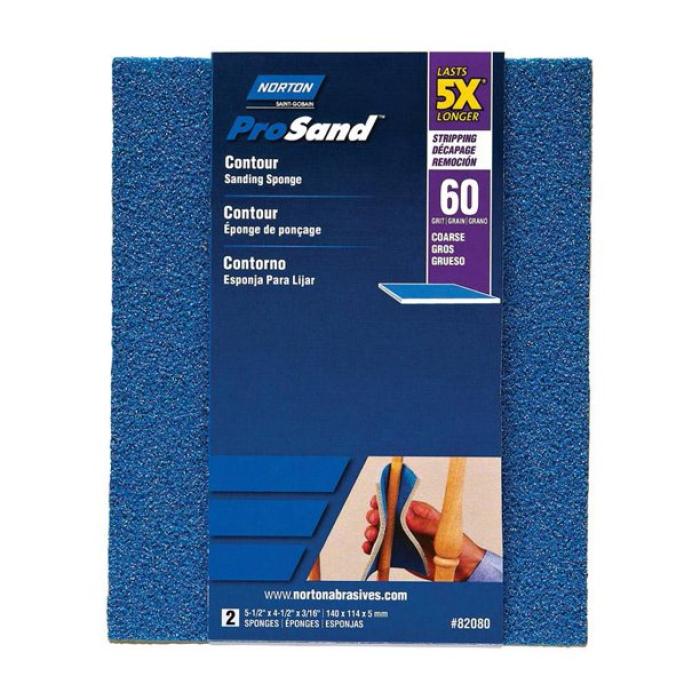
Sanding Belt
